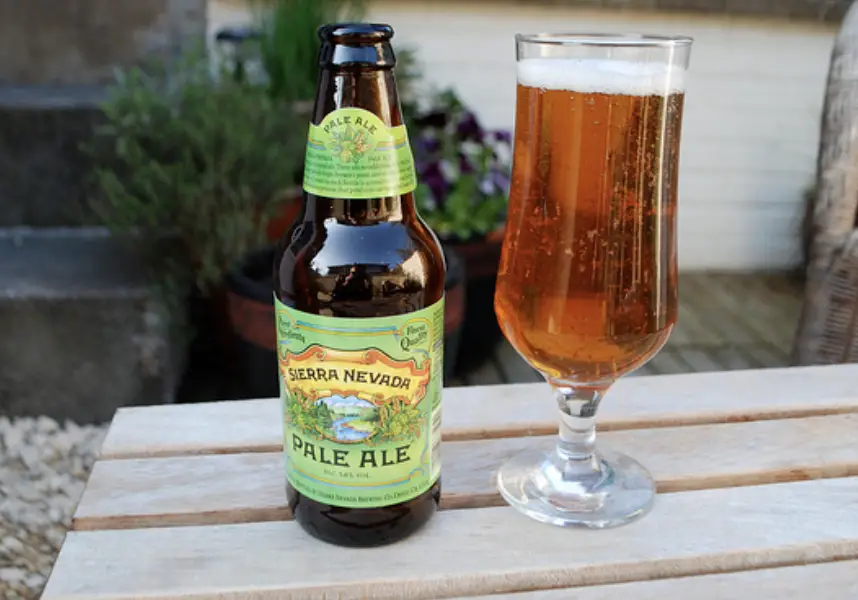
APA vs. IPA: Unraveling the Flavors and Characteristics of Two Iconic Beers
For beer enthusiasts, exploring the world of craft brews is a delightful journey filled with unique flavors and aromas. Among the vast array of beer styles, two standouts are the American Pale Ale (APA) and the India Pale Ale (IPA). While both fall under the category of pale ales, they possess distinct characteristics that set them apart and cater to different taste preferences. In this blog post, we will dive into the world of APAs and IPAs, exploring their origins, flavor profiles, and key differences, helping you discover which one best suits your palate.
- The American Pale Ale (APA):
Originating in the United States, the American Pale Ale, or APA, made its debut in the craft beer scene during the 1980s. Craft brewers sought to create a unique beer that retained the hoppy bitterness of an IPA while showcasing a more balanced and approachable flavor profile.
Flavor Profile:
- Hoppy: APAs boast a noticeable but milder hop bitterness compared to IPAs, making them more palatable for those new to craft beer or seeking a less intense hop experience.
- Balanced: The hop bitterness is complemented by a malty sweetness, creating a harmonious balance of flavors.
- Citrus and Floral Notes: APAs often exhibit citrusy and floral hop characteristics, contributing to their refreshing and aromatic nature.
- Moderate Alcohol Content: Typically, APAs have a lower alcohol content compared to IPAs, making them ideal for more extended drinking sessions.
- The India Pale Ale (IPA):
The IPA, on the other hand, traces its roots back to 18th-century England. Brewed with extra hops and higher alcohol content, IPAs were designed to withstand long sea voyages to India, thus earning their name.
Flavor Profile:
- Hop-Forward: The defining feature of an IPA is its pronounced hop bitterness, which can range from moderately bitter to intensely hoppy, catering to hop enthusiasts’ diverse preferences.
- Floral, Piney, and Resinous Notes: IPAs often showcase a wide spectrum of hop flavors, ranging from floral and piney to resinous and tropical fruit-like, providing an explosion of aromatic sensations.
- Malt Backbone: While hops take center stage, IPAs still have a malt backbone to balance out the bitterness and provide a touch of sweetness.
- Higher Alcohol Content: IPAs typically have a higher alcohol by volume (ABV) than APAs, contributing to their bolder and more robust nature.
- Key Differences:
- Hoppiness: The most significant difference between APAs and IPAs lies in their hoppiness. APAs offer a milder hop bitterness, while IPAs are known for their pronounced and sometimes intense hop flavors.
- ABV: IPAs generally have a higher alcohol content compared to APAs. The increased alcohol contributes to the boldness and complexity of IPAs.
- Complexity: While both styles showcase a range of hop flavors, IPAs often offer a more diverse and intricate hop profile, making them an enticing choice for seasoned beer enthusiasts.
- Accessibility: APAs are considered more approachable for newcomers to craft beer due to their balanced flavor profile and lower bitterness, making them a great entry point to the world of hoppy beers.
Conclusion:
The American Pale Ale (APA) and the India Pale Ale (IPA) are two remarkable beer styles, each offering its own distinct characteristics and flavor experiences. APAs showcase a harmonious balance of hops and malts, making them a great choice for those seeking a refreshing and approachable craft beer. On the other hand, IPAs boast a hop-forward profile with a wide range of aromatic sensations, catering to hop enthusiasts and seasoned beer connoisseurs. Whether you lean towards the mild bitterness of an APA or crave the bold hop flavors of an IPA, both styles offer an exciting journey through the diverse and vibrant world of craft brewing. So, grab your favorite pint, savor the unique nuances of each style, and enjoy the delightful artistry of pale ales!






